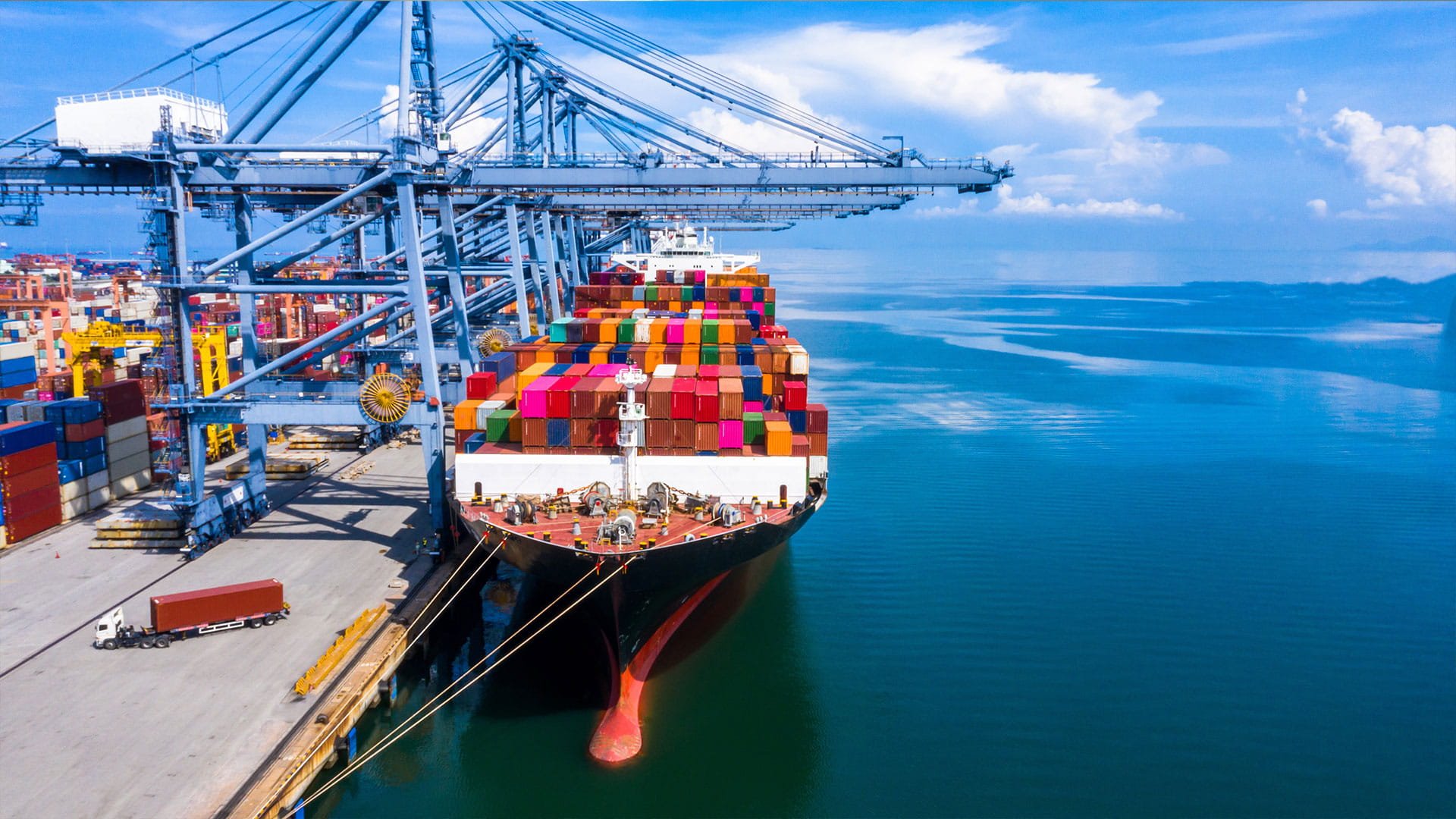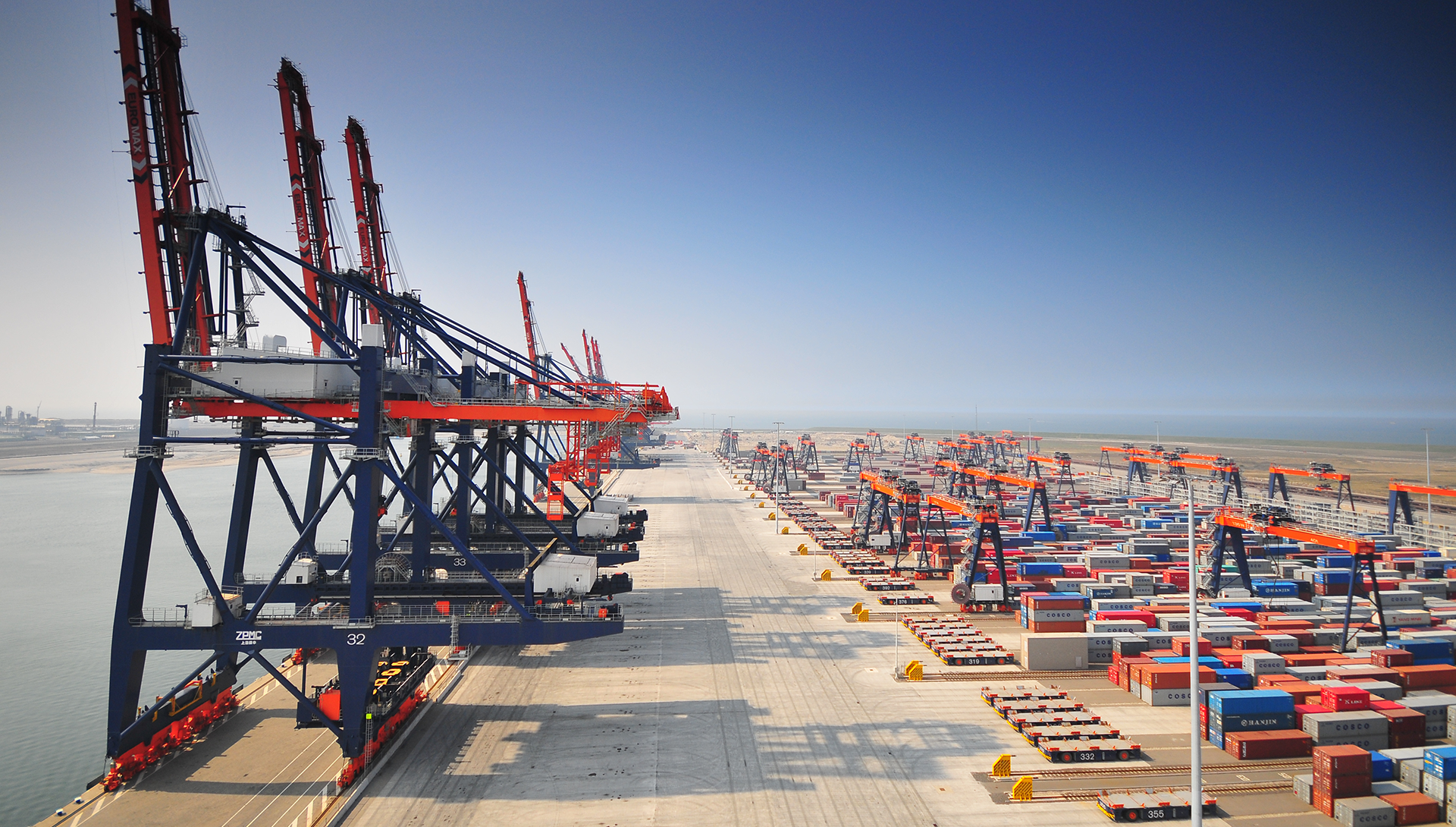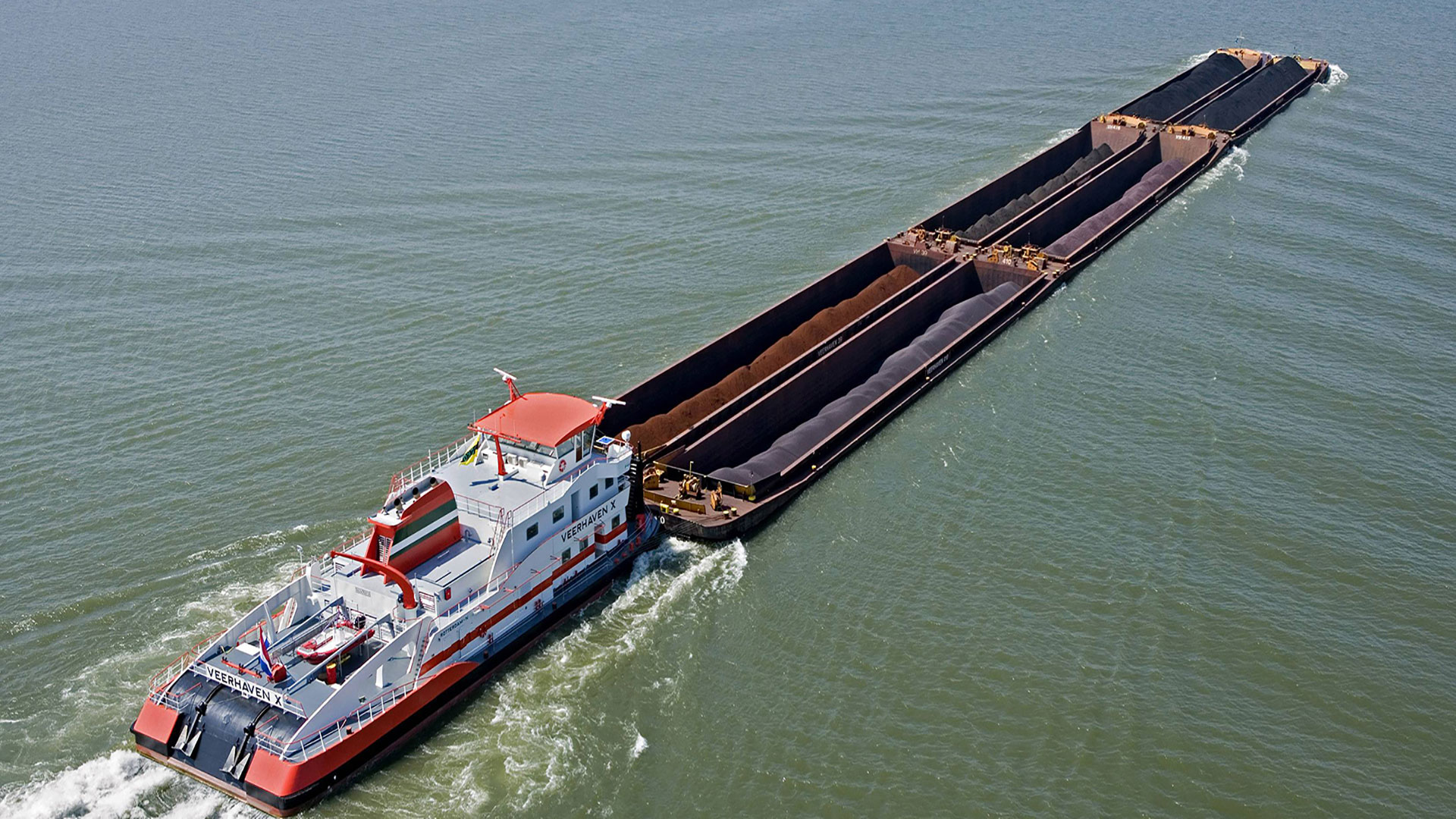How ready are ports for autonomous ships?

Europe is making headway in developing smart ports and ships, otherwise known as autonomous vessels (AVs). In 2022, the Yara Birkeland, a crewless electrically powered container vessel, carried fertiliser from Yara’s plant in Porsgrunn Norway, across a fjord to a port in Brevik. The company’s aim is to eliminate the 40,000 carbon-intensive diesel truckloads using the same overland route each year. It was a landmark moment.
Since then, AVs have appeared on many shipyard drawing boards. Designed to operate with minimal human intervention, they promise to transform efficiency, safety, and sustainability in the maritime industry. Just like self-driving cars, they are the future. But are our seas, inland waterways, and ports ready to accommodate them? More importantly, what steps must ports take to prepare for the arrival of AVs, which experts say will be here within a decade?
It’s no surprise that ports in Rotterdam, Singapore, Shanghai, and Los Angeles have already implemented advanced smart port programmes. The port of Rotterdam routinely uses data analytics, digital twins and smart berthing technology to enhance their operational efficiency. It partners with tech leaders and is developing capabilities to support autonomous vessels while strengthening cybersecurity measures.
The use of smart technologies, such as sensors and cameras, will require significant upgrades to port infrastructure. This is necessary even if vessels are manned by skeleton crews, which is the most likely scenario before fully automated vessels are permitted.
Collaboration is crucial here. Technology companies, maritime engineering consultancies, and research institutes all have a role to play. For example, in the Netherlands, the Ministry of Infrastructure and Water Management supports Smart Shipping trials on Dutch inland waterways and in territorial waters once permission is granted by the Rijkswaterstaat.
New regulatory framework for autonomous vessels
New regulatory and international legal frameworks are urgently needed. Inland waterways pose a particular challenge as autonomous river barges will travel through multiple countries. Some of which, like France, have powerful unions that strongly oppose any job cuts. It is essential to have legal clarity on liability and insurance matters to address potential disputes that may arise from accidents or malfunctions. After all, with no skipper onboard who ultimately bears responsibility? The vessel owner, the firmware or software developer, or the operator? Another issue is the management and control of information and communications technology. Communications need to be seamless, without any disruption.
The slow speed of adapting rules and regulations is a major challenge, especially when artificial intelligence (AI) is added to the complicated mix. Regulators are constantly trying to catch up with the technology and at the current rate of progress, it could take around 30 years for AVs to be commonly used on inland waterways, instead of the anticipated 10. This isn’t surprising when you consider it took a decade to transition from single to safer double-hull tankers, or even decades for the introduction of radar.
Next, standards for IT systems and protocols need to be reached. That’s before the installation of a multitude of sensors and cameras, high-speed communications networks with processing systems, enabling real-time data exchange between ships and port-based control centres. For inland waterways, the technologies must also encompass bridges and locks, and all hardware and software needs additional investment in cybersecurity to stay ahead of the hackers.
Autonomous shipping technology: teaching old sea dogs new tricks
While autonomous vessels reduce the need for full crews, any skeleton crew must possess the maritime skills and the technical expertise to manage and maintain the onboard technology. Ports need to invest in training programmes to prepare workers to operate and oversee autonomous systems. Seasoned maritime professionals must learn new disciplines such as AI, robotics, and cybersecurity, whilst remaining proficient in the latest technological advancements, industry practices, as well as maintenance and technical standards.
AVs are usually designed with sustainability in mind, using energy-efficient technologies and alternative fuels. It’s therefore wise for ports to consider AV infrastructure into their planning for eco-friendly initiatives such as electric charging, alternative fuel bunkering, and waste management.
Charting a way forward
Most ports owners and authorities are already busy developing their master port strategies, dealing with issues such as greening their operations, progressing smart port initiatives, and deciding which eco-fuel to invest in. It’s therefore understandable that they may be tempted to put AVs on the ‘too-hard-to-do’ pile. Don’t.
AVs are expected to be operational by the early 2030s. In Belgium, Seafar operates a remote control centre in Antwerp, has expanded and opened a remote control centre in Duisburg, and is contemplating remote short-sea shipping. By the 2040s, the emerging industry standards will be well-established, although it could take longer for inland waterways due to the need for international agreements. The point is, the technology is coming, whether we’re ready for it or not.
We have already witnessed the significant advantages of automation and robotics in smart ports. Automated container handling systems facilitate faster and more efficient cargo movements, and with fewer errors, results in shorter ship turnaround times that increase port capacity. In the skies, drones equipped with high-resolution cameras and sensors are being utilised for a range of tasks, from surveillance and inspection to small cargo deliveries within the port facilities. Integrating semi- and fully automated shipping represents the next logical step. So be prepared. Select the right partners, start planning, and embrace this opportunity with both hands.
This article was originally posted in Port Technology International on 14 August, 2024.
![[object Object] [object Object]](https://www.royalhaskoningdhv.com/-/media/images/employees-profile-pics/v/vermij-hans.jpg?h=300&iar=0&w=300&hash=158B110D2869A3EBF23EF0652BA399FB)



